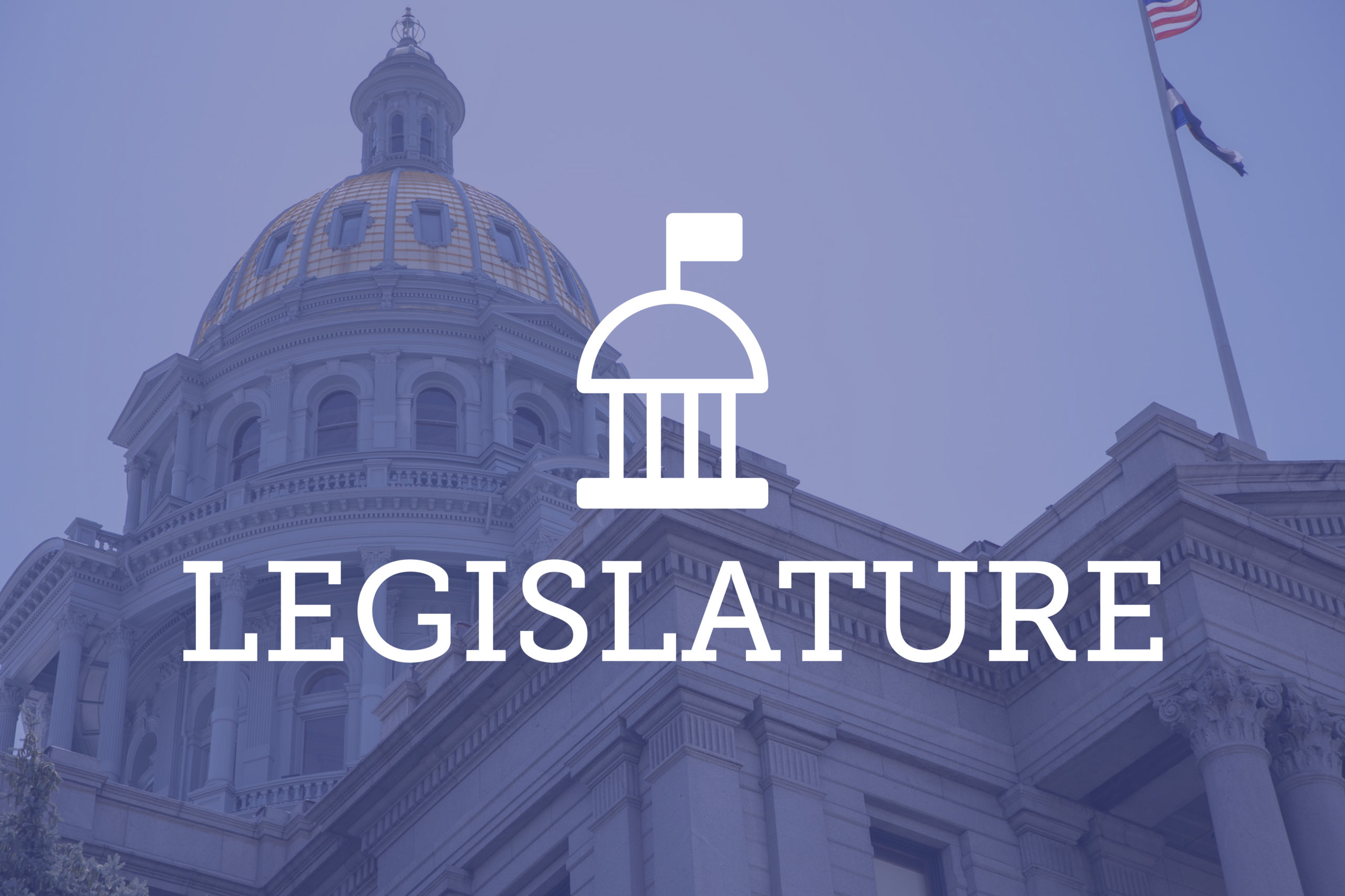
A program to bridge the criminal justice system with behavioral health system in Colorado has been expanded by the legislature.
On April 27, Gov. Jared Polis signed SB23-229, establishing The Bridges Program as an independent agency in the judicial department and putting aside funding to increase its capacity.
The Bridges Program was created by legislation in 2018 and tasked the State Court Administrator’s Office with creating a liaison program between the criminal justice and behavioral health system. The program looks to serve people in the criminal justice system who disproportionately also experience mental illness or substance use disorders.
The program employs 29 liaisons across Colorado’s 22 judicial districts who are referred participants by a judge. The liaisons work to connect defendants to resources for behavioral health treatment and other needs, coordinate with judges and attorneys about services available to participants and work with the Office of Behavioral Health in cases of competency restoration.
According to data from The Bridges Program, in fiscal year 2021, 85% of state court judges with a criminal docket made a referral to the program that saw 1,734 participants. The program is required to prioritize cases where competency concerns have been raised (those comprise 82% of participants). It also serves people where a court has general concerns about their mental health. Last year, the program estimated it handled about a third of Colorado’s competency cases. A June 30, 2022 point-in-time comparison found a court liaison was assigned 35% of Colorado’s competency cases, leaving 3,596 competency cases without a liaison.
Now, thanks to the latest legislation, The Bridges Program is planning to nearly triple its liaisons over the next three years.
SB23-229, brought by Sens. Jeff Bridges and Barbara Kirkmeyer with House sponsors Reps. Emily Sirota and Rod Bockenfeld, was based on feedback collected during a series of stakeholder meetings last summer to understand what needs the program addressed and what future versions of the program would look like.
After holding several meetings with liaisons, mental health providers, law enforcement, judges and attorneys, Bridges Program director Jennifer Turner said it became clear that the program has been helpful and needs expansion.
“The number one piece of feedback, which we’ve been hearing all along, was that we needed more liaisons,” said Turner. “That came through consistently in the summer of stakeholder meetings.”
The legislation allocates $13.3 million between fiscal years 2023-24 and 2024-25 to turn the program into an independent office in the judicial branch. The bill funnels significant funding toward personnel services and also includes allocations for training and providing services to participants.
With 96 liaisons, the program will be able to increase its capacity significantly. There isn’t a maximum number of participants each liaison can have, but Turner said best practices cap the number of cases per liaison at around 35. In some jurisdictions, she added, a liaison can have up to 60 participants. Turner hopes that in districts with higher demand, liaisons will be able to decrease their caseloads and better serve participants. She also hopes the increased capacity will open up more opportunities to provide early mental health intervention for people in the criminal justice system who haven’t been deemed incompetent to stand trial.
For the new liasons, Turner hopes to develop a training program to bring them up to speed for the job. She explained that at the stakeholder sessions, liaisons said it took about six months to feel fully capable of bridging the criminal justice and behavioral health worlds.
“It’s such a complex job, you have to be incredibly knowledgeable about behavioral health and you also have to be incredibly knowledgeable about criminal justice,” explained Turner. She said the program plans to create a six-month training program to bring people up to speed. Turner added liaisons end up being translators for the courts, providers and participants.
One example of translating across systems is different definitions for the terms in-patient and out-patient. Turner explained providers consider in-patient treatment to mean someone needs to be hospitalized, but courts define the same term as those who are too dangerous to be released from custody. She said liaisons have had to translate to judges that a provider’s recommendation for out-patient treatment doesn’t equate to recommending someone be released from custody.
“A liaison can kind of help bridge that, translate that,” said Turner, who added the translation helps courts, defendants and providers get on the same page.
Turner said she also hopes to build an office that is supportive for liaisons to reduce turnover and better serve the community. The bill has also allocated money towards non-medical resources that the liaisons must secure for participants such as cell phones, health insurance, transportations and hoursing.
Looking toward the future, Turner hopes The Bridges Program will continue to help courts, prosecutors, health care providers and those in the criminal justice system through its collaborative approach.
“Our values drive how we work. Our values are person-centered, solution-focused and collaborative,” said Turner. “Collaboration is really the heart and soul of the success of this model. What I really try to explain to folks is that you cannot respond to someone who’s complex-systems-involved with a single-system solution.”
As far as Turner is aware, The Bridges Program is the first of its kind in the United States. She said she’s been contacted by people in other states interested in starting a similar program and hopes to be able to have data in the next couple years to better understand the impact the program has had on participants, courts and communities.

